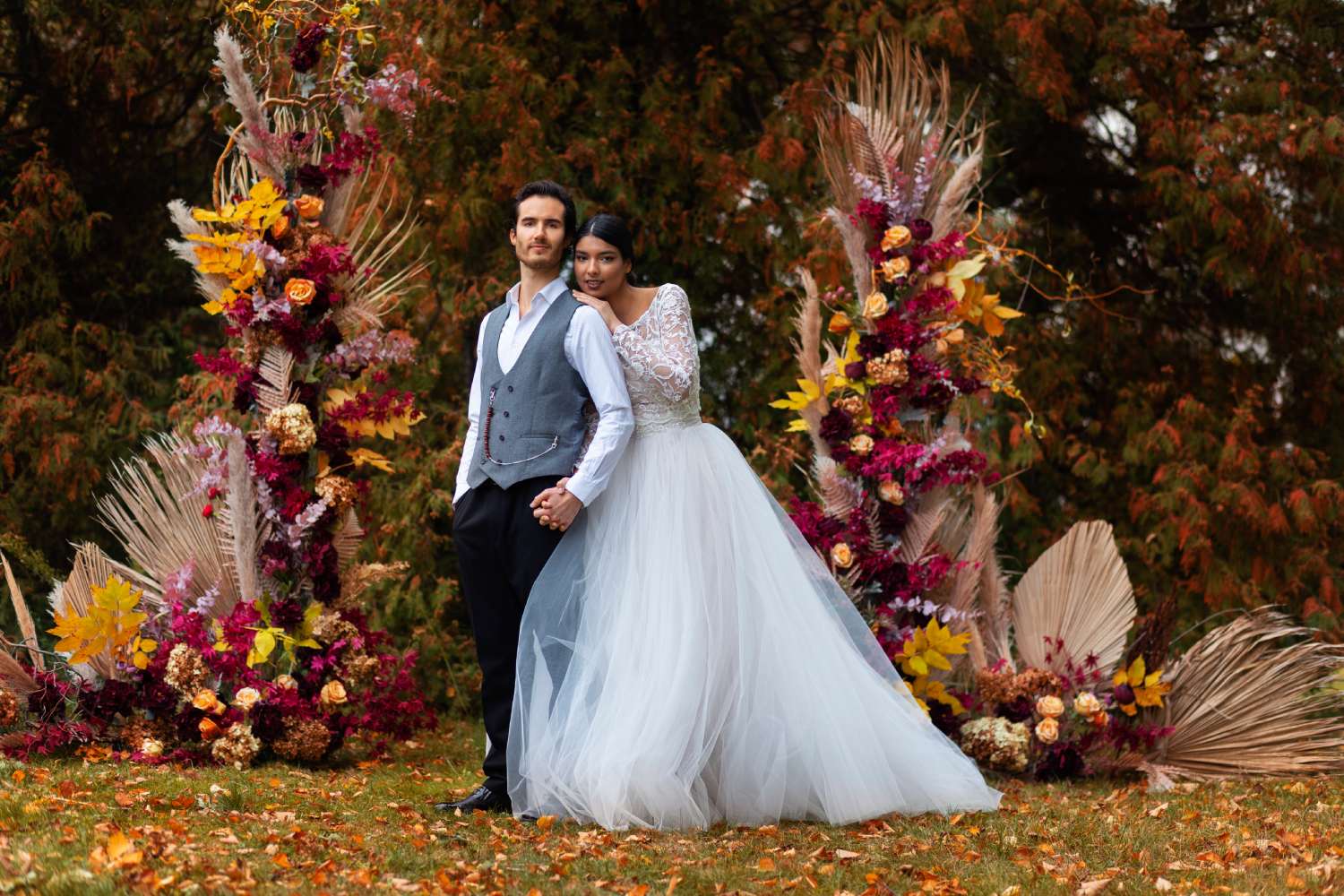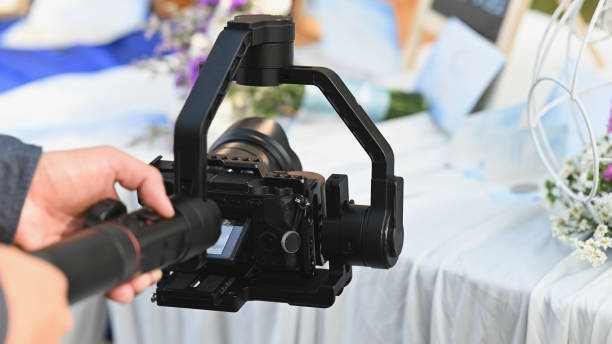Wedding videographers face a common challenge: how to scale editing workload without compromising the unique style that sets their work apart. Outsourcing video editing can be an effective solution—but how do you preserve your creative vision? In this detailed guide, we’ll explore how to maintain brand consistency and client expectations when you hand over editing to freelance teams or agencies.
You’ll learn how to design style guides, draft clear editor notes, set up feedback loops, and implement revision processes and quality assurance protocols. You’ll also discover the best communication tools to use and how to align those factors with your studio’s personalized editing style and collaborative workflows.
Why Creative Control Matters
Your editing style is your signature in a crowded wedding video market. From pacing and color grading to music selection and shot structuring, your creative choices define your brand and the emotional tone delivered to clients. Losing control over these details can result in inconsistent work that disappoints couples expecting your signature approach.
Establishing systems that preserve your style, tone, and brand standards when you outsource preserves client trust and maintains your reputation. You’ll avoid common pitfalls like videos that feel “off-brand,” misaligned color schemes, or inconsistent transitions by working with professional wedding video editing partners like NoBacklog.
Start with a Comprehensive Style Guide A detailed style guide is the foundation of consistent outsourcing. This document should include:
- Color grades: specify exposure, white balance, LUTs, and use “mood boards”
- Pacing preferences: preferred shot lengths, rhythm, and storytelling flow
- Music and audio style: licensing guidance, sound levels, and emotional tone
- Graphics and titles: fonts, animations, on-screen text positioning and style
- Formatting standards: aspect ratio, resolution, intro/outro templates
Make this guide a living document that evolves with your style. The guide ensures that editors at agencies or remote studios can replicate your aesthetic reliably.
Provide Clear Editor Notes for Each Project
Beyond the style guide, every wedding comes with its own story, emotions, and highlights. Create editor notes with specifics:
- Must-use clips or highlights
- Client-preferred moments or special requests
- Moments to shorten or emphasize
- Timeline order—ceremony, speeches, reception highlights, etc.
Attach these notes via a shared folder or style guide system so the editor clearly understands your unique creative direction for each wedding.
Set Up Feedback Loops and Revision Processes
Even the most thorough instructions benefit from real-world refinement. A structured feedback loop helps refine the first draft and preserve your vision.
- Editor delivers a first draft.
- You review and provide timestamped notes, categorizing changes: major (restructuring), minor (timing/transition), or aesthetic (color/audio).
- Editor implements revisions; you repeat the process as needed—usually 2–3 rounds.
Define revision limits in your outsourcing agreement. More rounds should be considered billable. This process streamlines collaboration and maintains brand consistency.
Choose the Right Communication Tools
Strong collaboration depends on clear, reliable communication—especially when working with remote editors. Utilizing shared project folders like Google Drive, Dropbox, or Frame.io with organized naming conventions ensures all files and instructions are easy to access. Project management tools such as Asana or Trello help you track assignments, deadlines, and progress efficiently. For structured feedback, time-stamped review platforms allow you to provide precise, actionable notes. Real-time communication through platforms like Slack or WhatsApp Business allows for quick clarifications and faster turnaround. When used professionally, these tools streamline the workflow and significantly increase the accuracy of delivering edits that reflect your brand’s style and vision.
Quality Assurance: Final Review and Pre-Release Checks
Before delivery to clients, conduct a final QA review. Focus on:
- Adherence to style guide: color grade, pacing, graphics
- Technical quality: audio levels, smooth transitions, no dropped frames
- Synchronization: ensuring audio matches key visual moments
- Client-specific requirements: date slides, sponsor tags, special messages
Create a QA checklist based on these criteria, and only release the video once it checks all the right boxes.
Keep Brand Consistency Across Videos
Outsourcing doesn’t mean outsourcing your brand. Some methods to ensure consistent branding:
- Mandate use of your logo version, in/out animations
- Use an EMS (Editor Management System) to track editor performance
- Regularly evaluate outsourced edits—provide feedback and mark high performers
- Periodic style guideline updates based on evolving trends or preferences
This helps build a reliable editing base that grows with your evolving style.
Expectation Management: Communicating with Clients
Being transparent with your clients about your editing process is essential, especially when outsourcing is involved. Clearly explain that while you may delegate certain technical aspects of editing to a trusted partner, your personal involvement in the creative review and final approval remains unchanged. Emphasize that every video still carries your unique creative signature, and that your commitment to delivering a consistent, high-quality product never wavers. This openness helps set realistic expectations, builds trust, and reinforces the professionalism of your brand. When clients understand that your process includes both collaboration and quality control, they are far more likely to feel confident in the final result.
Collaborative Workflows: Blending In-house and Outsourced Teams
Design a workflow that balances internal and external capabilities.
Example workflow:
- Initial upload of raw footage by your in-house assistant.
- In-house rough edit/storyboard creation.
- Remote editor color-corrects and polishes transitions, music, titles.
- You conduct final oversight and personal tweaks.
This keeps your vision central while handling scale efficiently.
Ensuring Timely Delivery and Project Management
Timeliness is part of your brand’s credibility. Keep projects on track by:
- Setting realistic turn-around times
- Using project management tools for tracking
- Pre-booking editing slots during peak seasons
- Sending reminders and status reports
If delays occur, communicate proactively in a professional tone to maintain client confidence.
Choosing a Trusted Outsourcing Partner
Selecting the right outsourcing partner is critical to maintaining your creative standards and client satisfaction. Begin by reviewing portfolios to ensure the editor’s past work aligns closely with your visual and storytelling style. Conduct a background check and require the signing of a non-disclosure agreement (NDA) to protect your intellectual property and client content. Ask for references or testimonials from other videographers to gauge reliability and quality. Before assigning major projects, start with a sample edit to assess their attention to detail, responsiveness, and ability to follow creative direction.
Finally, always have a clear contract in place that outlines ownership rights, confidentiality clauses, revision expectations, and responsibilities on both sides. Laying this foundation ensures smooth cooperation and builds trust from day one.
Ongoing Quality Management & Performance Metrics
Monitor outsourcing partner quality using:
- Customer satisfaction scores
- Average revision rounds for completed videos
- Turnaround time compliance
- Style guide breach logs
- Video review quality ratings
Regular monthly reviews will reveal patterns and help optimize the process.
Cost vs Value: Understanding ROI in Outsourced Editing
When evaluating outsourced wedding video editing, it's important to look beyond the upfront cost and consider the broader return on investment (ROI). While outsourcing may seem like an added expense, the real value lies in the time it frees up and the additional capacity it provides for your studio. By delegating editing tasks, videographers can focus more on filming, client relationships, and business development. This not only increases your ability to take on more clients but also helps you deliver projects faster without compromising quality.
Moreover, with the right outsourcing partner who understands your style, you reduce revision rounds and enhance client satisfaction, which can lead to referrals and repeat bookings. Ultimately, the cost of outsourcing is often outweighed by the long-term benefits it brings in scalability, brand consistency, and overall studio growth. Evaluating your ROI regularly ensures that your outsourcing strategy aligns with both your creative and business goals.
Continued Learning & Style Evolution
Even experienced studios evolve. Encourage your editors to:
- Attend workshops or training aligned with your brand
- Review top-tier wedding videos monthly for style inspiration
- Participate in weekly or monthly style review meetings
- Provide feedback on changes and evolving client demographics
- It’s ongoing training—just as your vision evolves, so should your editing partner’s execution.
When to Reevaluate Your Outsourcing Strategy
Every 6–12 months, reflect on:
- Are projects on time and on style?
- Are revision rounds low?
- Is project capacity meeting your growth goals?
- Are communication tools effective?
If not, consider refining style guides, switching editors, or enhancing onboarding processes.
Why No Backlog Is a Great Outsourcing Partner
No Backlog is built for videographers needing quality control mixed with teamwork. Their portfolio includes personalized editing, feedback-driven adjustments, smooth workflows, and attention to style guides.
They support collaborative tools and provide a reliable brand consistency structure—too helpful not to check out. Explore No Backlog for more details.
Visit No Backlog’s blog for resources on feedback loops, revision strategies, and quality assurance tips, and discover why industry pros trust them.
Conclusion
Outsourcing wedding video editing doesn’t require sacrificing your creative control—if you build a process around style guides, feedback systems, communication tools, QA protocols, and choose the right partner. By strictly documenting your style, setting clear expectations, and actively managing projects, you can scale without diluting your brand’s signature. If you’re ready to expand your studio while keeping your creative vision intact, explore No Backlog’s outsourcing model or feel free to contact No Backlog to learn more.
Join the conversation or find inspiration on No Backlog’s Facebook page to connect with videographers who outsource without losing their essence.
Your creative control is the heart of your brand—outsource smart, stay authentic.
FAQs
Q1: How do I ensure my editor matches my creative style?
Deliver a detailed style guide, reference videos, and conduct test edits with feedback. Track adherence with structured QA.
Q2: How many revisions should I expect?
Planning 2–3 revisions per project ensures quality control. More rounds mean reevaluating the editor’s fit.
Q3: What if I don't want to outsource everything?
Adopt a hybrid model. You storyboard and supervise; remote editors finalize and polish.
Q4: Are NDAs necessary?
Yes. Clients trust you. NDAs and clear IP assignment ensure confidentiality and ownership continuity.
Q5: What communication tools work best?
Frame.io for timestamps, Trello or Asana for task tracking, Slack for quick updates, and Google Drive for asset sharing.



